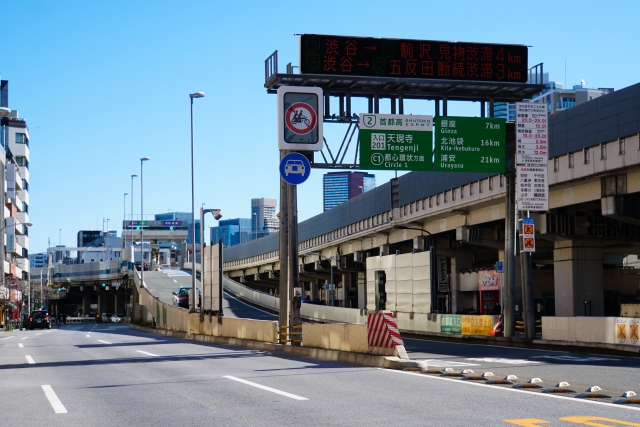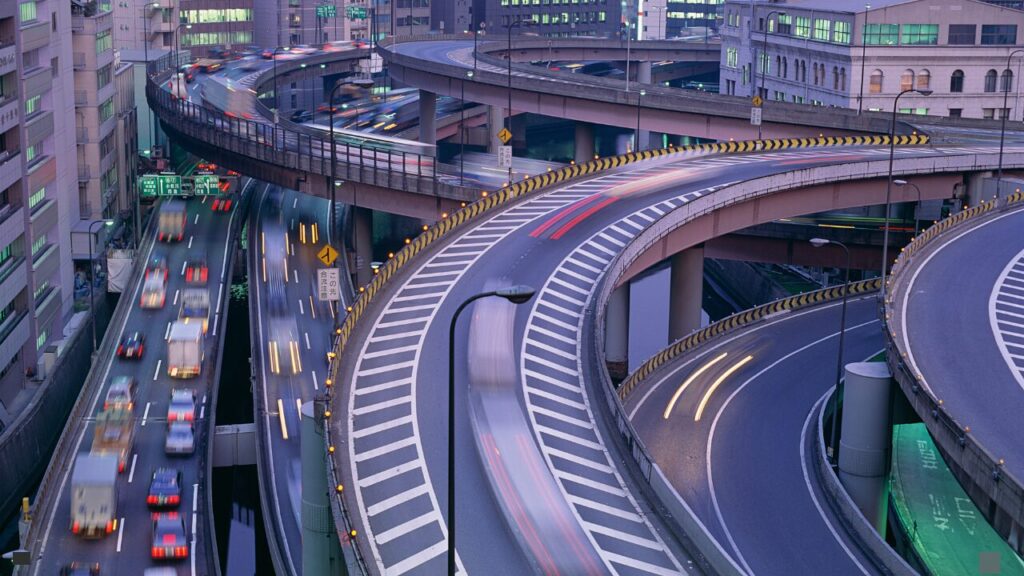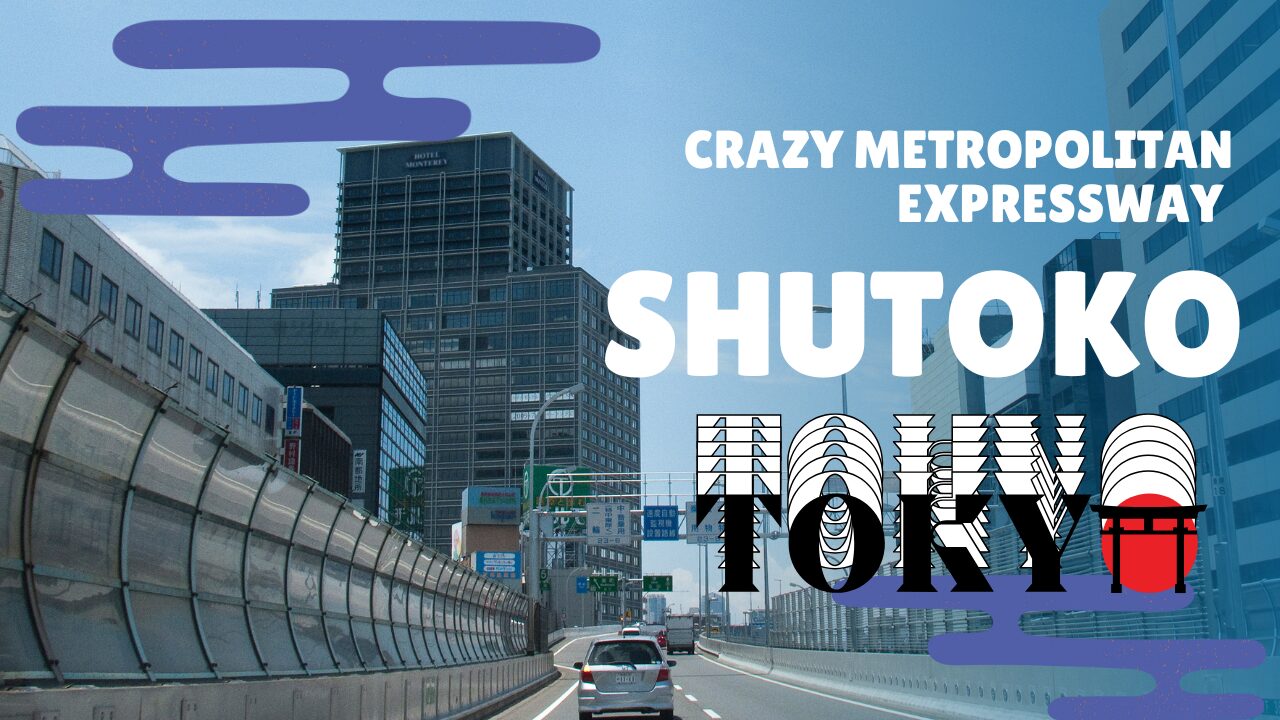
The Shuto Expressway is likely the most challenging highway to drive on in Japan. Its network is intricate, and with short distances between ramps and exits, signposts for upcoming ramps and branches appear one after another, making it easy to miss turns—even with GPS navigation—and end up unable to reach your intended destination. Even people who live near Tokyo often say, “I’d rather avoid using the Shuto Expressway.” In this article, we’ll explain what the Shuto Expressway is and offer tips on how to navigate it effectively!
What is the Shuto Expressway?

The Shuto Expressway opened in December 1962 as a “motor vehicle-only road” to alleviate frequent traffic congestion in Tokyo. At that time, the city center was already heavily developed, with buildings lining its main roads, making it necessary to construct the Shuto Expressway over rivers and above existing public roads. While it was feasible to build the highway in public areas like these, constructing large interchanges, as seen on other highways, was difficult.
As a compromise, they decided to design entrances and exits for either the inbound or outbound lanes (inner or outer loops) and utilized the space between bridge piers that support the expressway to connect it to the median areas of major roads below. This allowed for the successful installation of right-side entry and exit points with minimal land use.
Challenges of the Shuto Expressway
・Short merging lanes: Limited space for acceleration when merging onto the main road
・Exits on both sides of the road: Entrances and exits appear on the left and right
・Numerous sharp curves and inclines: Tight turns and steep slopes
・Reduced visibility due to curves and slopes
・Multiple branches and junctions leading to various destinations
・Frequent traffic congestion
・Necessity for frequent lane changes to weave between lanes
・Road sections identified by letters and numbers, making it difficult to know where you are

Heavy Traffic

The Shuto Expressway is almost always congested during rush hours on weekdays. Many people use it for work, and traffic flows quickly along its narrow, winding lanes. The abundance of sharp curves often leads drivers to suddenly reduce speed, and many beginner drivers who are unfamiliar with the expressway’s complex structure tend to make sudden lane changes or brake unexpectedly.
Points for Beginners to Be Cautious About

Choose Easy-to-Merge Entrances and Exits
Most expressway entrances merge from the left, but some entrances on the Shuto Expressway merge from the right. For drivers who are more comfortable with left merges or feel unsure about merging in general, it might be better to choose an entrance that allows for easier merging rather than simply choosing the shortest route to your destination.
Accelerate When Merging on Short Lanes
The Shuto Expressway is known for its short merging lanes. To avoid situations where hesitation causes you to stop at the end of the merging lane, accelerate and merge onto the main road smoothly. Signaling before you accelerate will help cars on the main road adjust their speed, making it easier to merge. Step on the gas confidently on short merging lanes to join the flow safely.
Always Be Prepared for Risks
Before driving on the expressway, be mindful of potential risks like accidents or breakdowns. Unlike regular roads, a minor issue on an expressway can lead to a serious accident or major congestion. Since there is less room between cars on the Shuto Expressway, performing thorough maintenance and checks on your vehicle can give you peace of mind and help avoid potential accidents.
Watch Your Speed
Sensitivity to speed changes is crucial when driving on the Shuto Expressway. Some sections have speed limits of 60 km/h, while others allow speeds up to 80 km/h. Since speed limits frequently change, drivers need to keep an eye on the speedometer and follow the posted limits. Especially in tunnels, speed perception can be tricky, and it’s easy to accidentally reach 100 km/h without realizing it. Speed traps are often placed where it’s easy to go too fast, so be especially mindful to avoid speeding.
If You Miss a Junction or Exit
If you suddenly notice that your junction is right in front of you and there’s no way to make it in time, it’s natural to feel a bit panicked. However, braking suddenly or changing lanes abruptly could be dangerous, inconveniencing other drivers and potentially causing serious accidents. The Shuto Expressway has plenty of exits, so if you miss one, simply take the next exit instead of making any risky maneuvers.
In Conclusion

The Shuto Expressway frequently experiences chronic congestion and sudden traffic jams due to accidents and other factors. Therefore, it’s best to plan your trip with ample time to account for possible delays when using the Shuto Expressway!





COMMENT